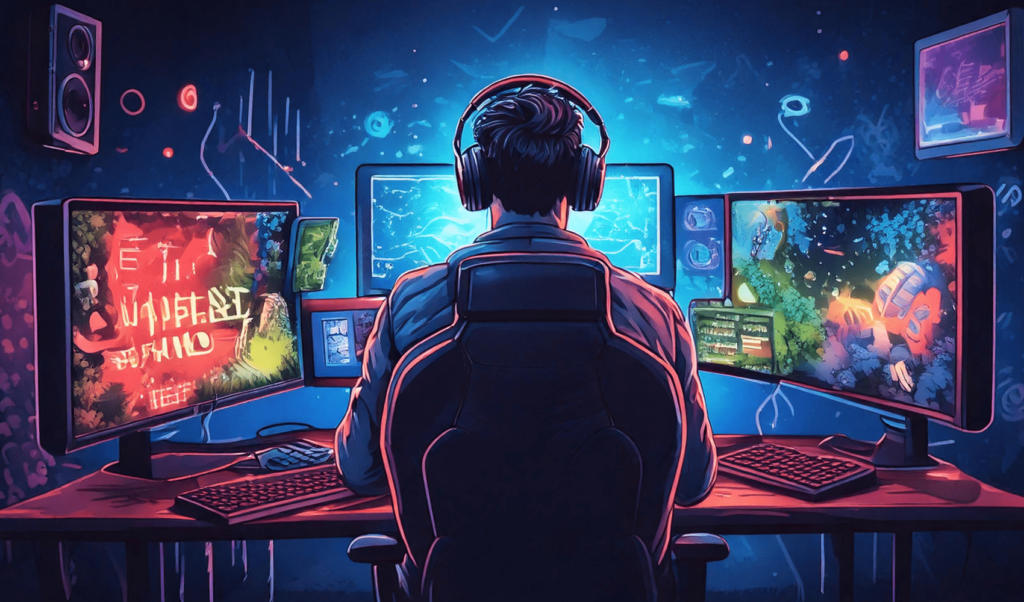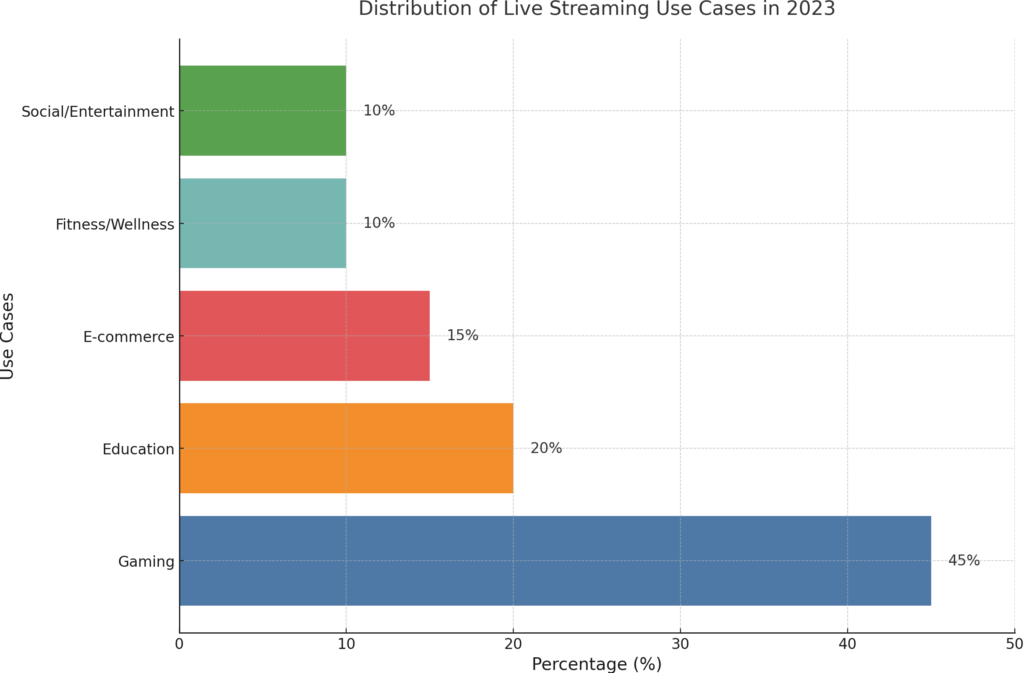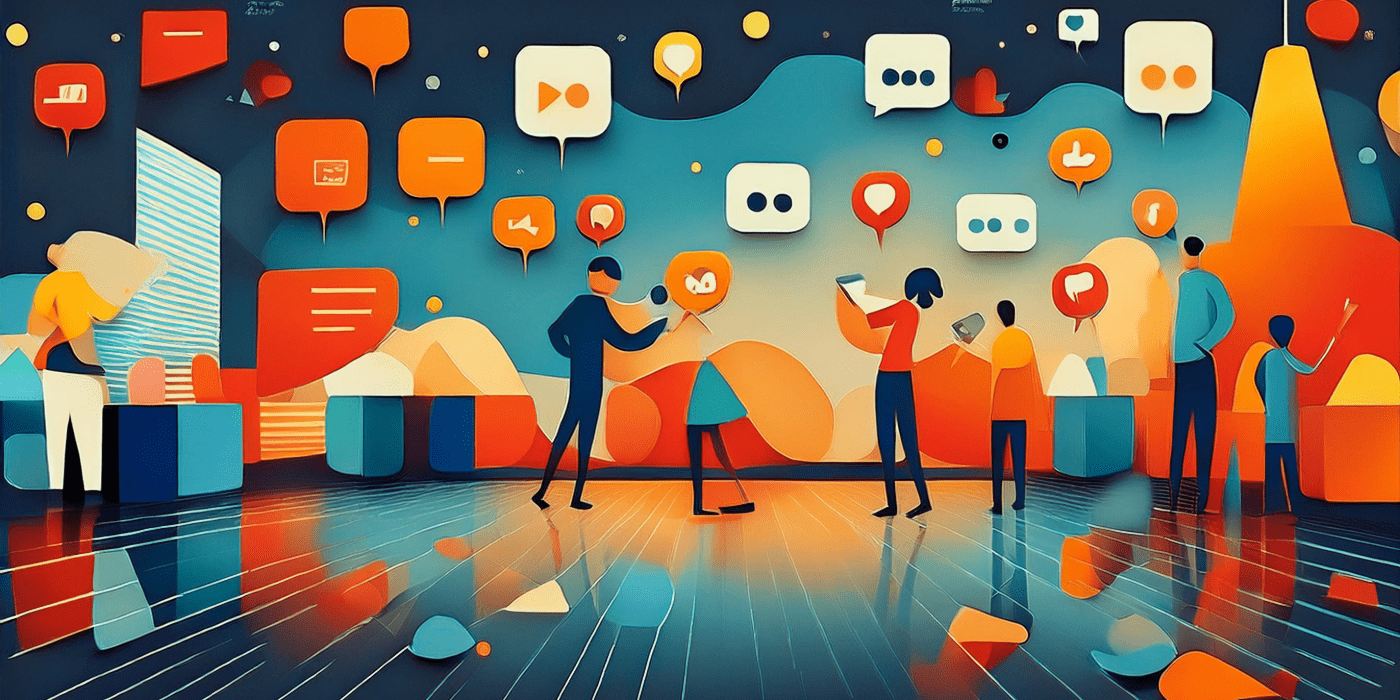Live streaming has evolved from a niche activity centered around gaming to a powerful medium shaping modern life. Initially dominated by platforms like Twitch and YouTube Gaming, live streaming has grown into a multi-faceted tool used in fitness, education, e-commerce, and even political activism. Its real-time nature not only engages audiences but also creates a sense of immediacy and community. This post dives into the transformative journey of live streaming, exploring its impact across industries and its growing role as a cornerstone of media consumption trends.
The Genesis: Live Streaming in Gaming
Twitch and the Birth of a New Culture
In 2011, Twitch revolutionized the gaming world by providing a platform for gamers to stream their gameplay in real time. It fostered a sense of community and engagement, enabling viewers to interact with streamers through live chats and subscriptions. By 2020, Twitch had over 140 million monthly active users, cementing its status as the go-to platform for gaming enthusiasts.
Expanding to eSports
The rise of eSports further fueled live streaming’s popularity. Professional tournaments streamed live on platforms like YouTube Gaming and Twitch attracted millions of viewers globally, showcasing competitive gaming on an unprecedented scale. Events like the League of Legends World Championship and The International for Dota 2 became cultural phenomena, with prize pools exceeding millions of dollars and drawing massive audiences both online and in arenas. This evolution transformed gaming from a casual pastime into a multi-billion-dollar industry with live streaming as its backbone.

Beyond Gaming: Live Streaming as a Lifestyle
Fitness and Wellness
During the COVID-19 pandemic, live streaming became a lifeline for fitness enthusiasts. Platforms like Instagram and YouTube hosted live yoga sessions, workouts, and wellness discussions, bringing communities together while gyms were closed.
Education and Skill Sharing
From live coding tutorials on Twitch to language lessons on YouTube, live streaming has democratized education. It allows teachers to offer personalized and interactive learning experiences, reaching global audiences in real time. Creators have expanded beyond traditional education, offering workshops on everything from graphic design and music production to niche hobbies like gardening or drone flying. This accessibility has made learning affordable and inclusive, breaking geographical barriers and catering to diverse skill levels.
Social Commerce and Live Shopping
In markets like China, live streaming has revolutionized e-commerce. Platforms such as Taobao Live enable influencers to showcase products in real time, driving instant purchases. This model is now gaining traction in the West, with platforms like TikTok exploring similar features.

The Social and Cultural Impact of Live Streaming
Building Communities
Live streaming fosters a sense of belonging. Streamers often cultivate tight-knit communities where viewers feel seen and heard. This interaction extends beyond gaming, encompassing personal storytelling, activism, and more.
Authenticity in the Digital Age
Unlike pre-recorded content, live streaming thrives on spontaneity and authenticity, offering an unfiltered glimpse into the creator’s world. This raw and real-time interaction allows audiences to feel a deeper connection, fostering trust and engagement. Younger audiences, particularly Gen Z, resonate with this approach as it aligns with their preference for transparency, relatability, and genuine communication. For example, popular live streams often feature moments of imperfection or humor, which further enhance the perceived authenticity and humanize the streamer.
Challenges and Ethical Considerations
Content Moderation
Live streaming’s real-time nature makes it challenging to moderate. Platforms must balance fostering freedom of expression with ensuring a safe environment for users.
Privacy Concerns
Streaming often blurs the lines between personal and public life. Streamers and viewers alike face risks related to data privacy and exposure.
Monetization and Accessibility
While many streamers find success, others struggle to monetize their content. Ensuring accessibility and fair revenue-sharing models is critical for the industry’s growth.
Future Trends in Live Streaming
Integration with Emerging Technologies
The future of live streaming lies in integrating augmented reality (AR) and virtual reality (VR). These technologies promise to redefine how audiences interact with content. For instance, viewers could virtually attend concerts, explore gaming arenas, or participate in live sports events, experiencing them as though they were physically present.
Diversification of Content
Live streaming is expanding into diverse applications, including telemedicine, virtual conferences, and corporate events. This trend is set to redefine media consumption by making live interactions accessible and engaging across various industries.
AI-Powered Personalization
Artificial intelligence will enable platforms to deliver highly personalized live content recommendations by analyzing user preferences, viewing history, and engagement patterns. These algorithms will allow platforms to connect users with content tailored to their interests, such as live workout sessions for fitness enthusiasts or strategy gaming streams for dedicated gamers. This personalization boosts user engagement, enhances viewing experiences, and drives higher retention rates, benefiting both viewers and creators.
Conclusion
Live streaming has come a long way from its gaming roots, evolving into a versatile medium that touches nearly every aspect of daily life. Its ability to foster real-time connections and provide authentic experiences has cemented its place in the digital age. As technology advances, live streaming will continue to adapt, driving innovations and shaping the future of media consumption.
Key takeaway: Live streaming is not just a trend but a transformative force in media, with limitless potential to connect, educate, and entertain audiences worldwide.




